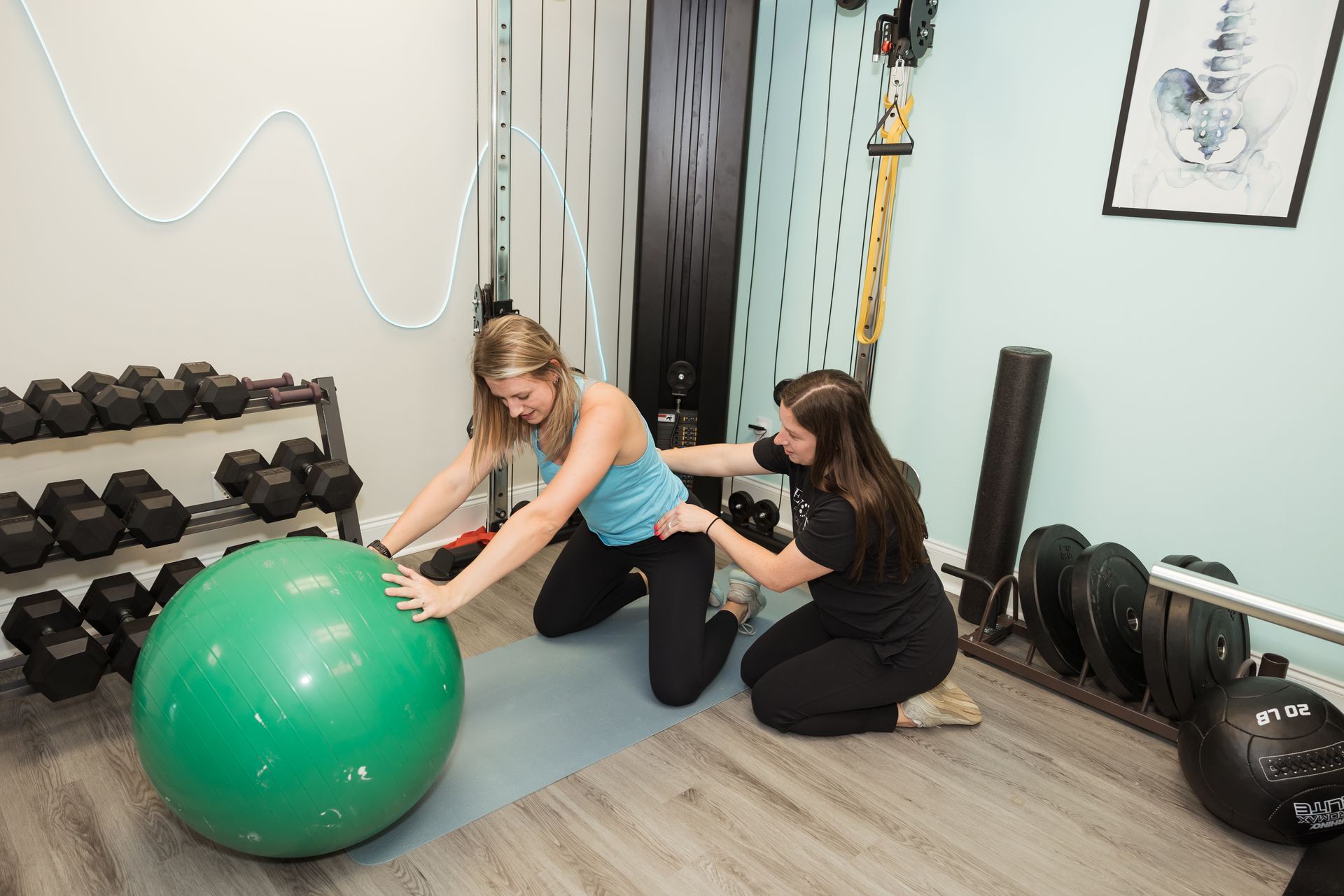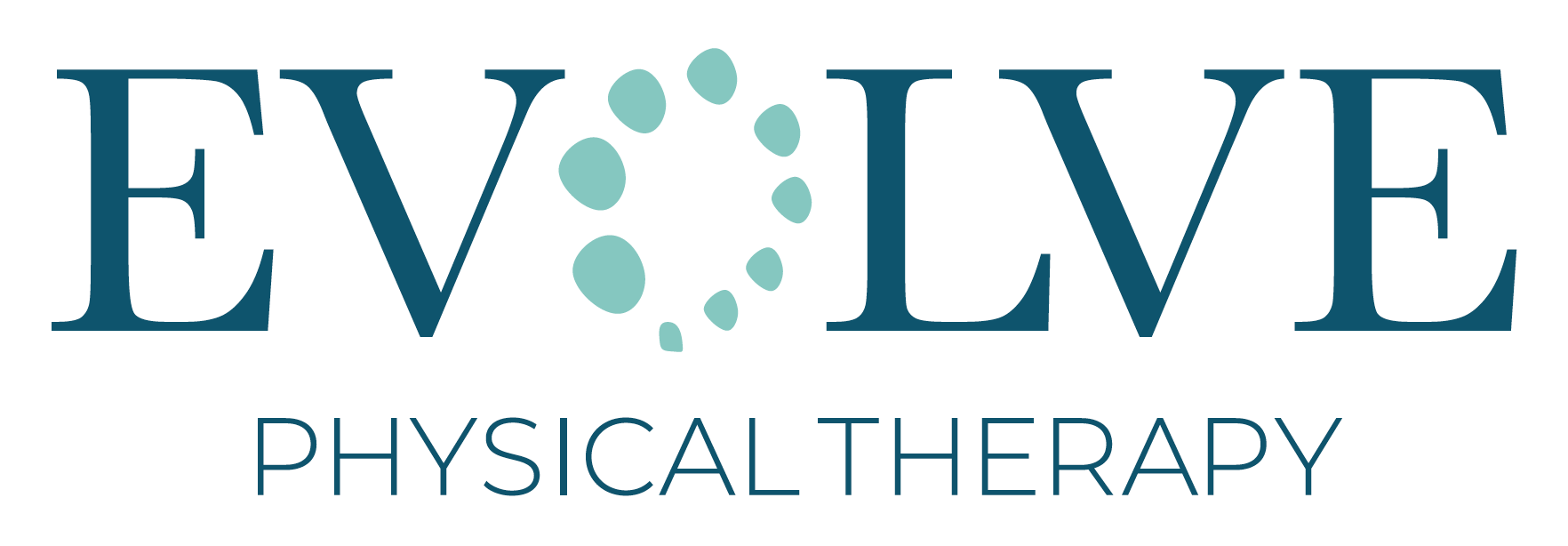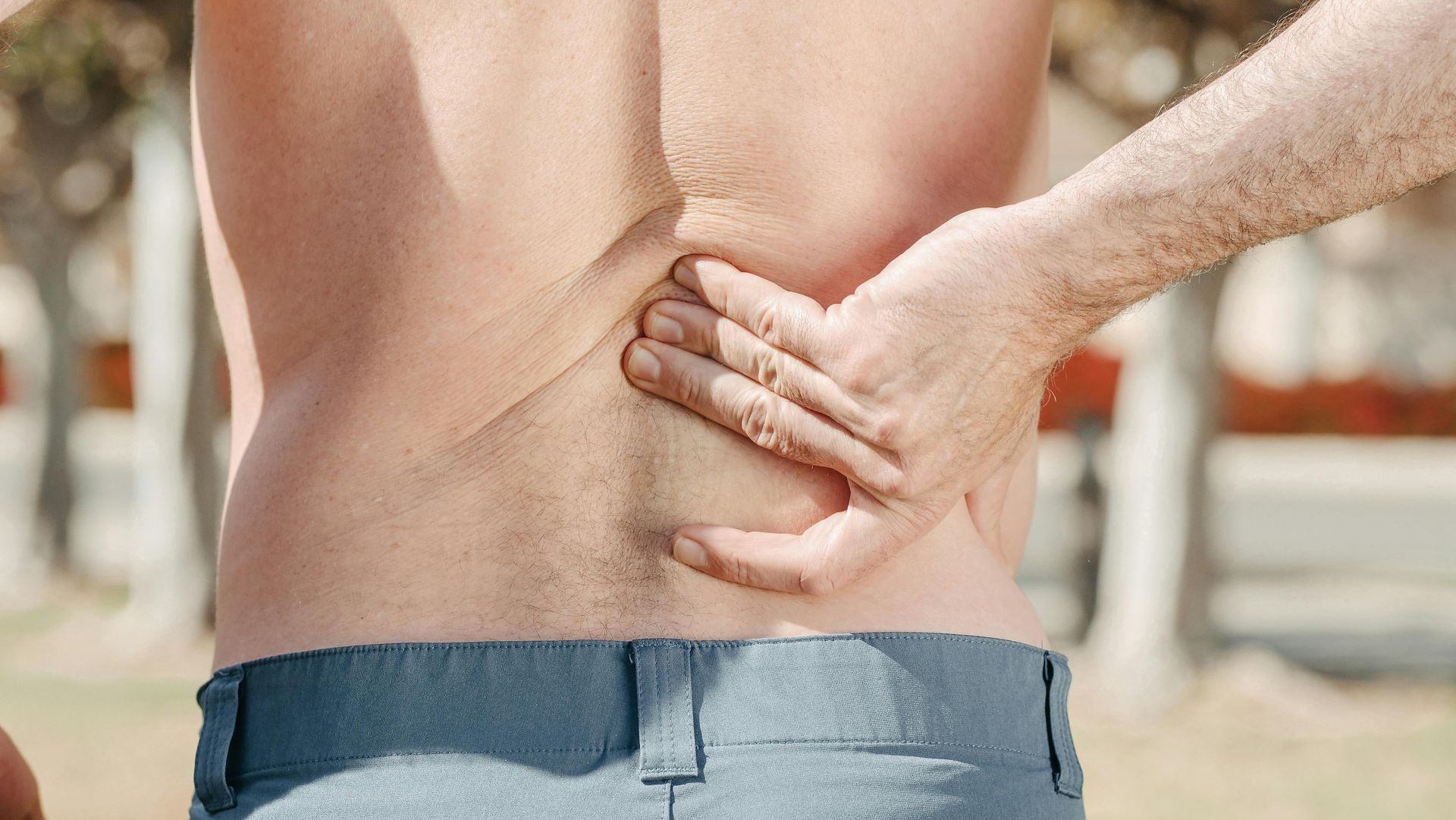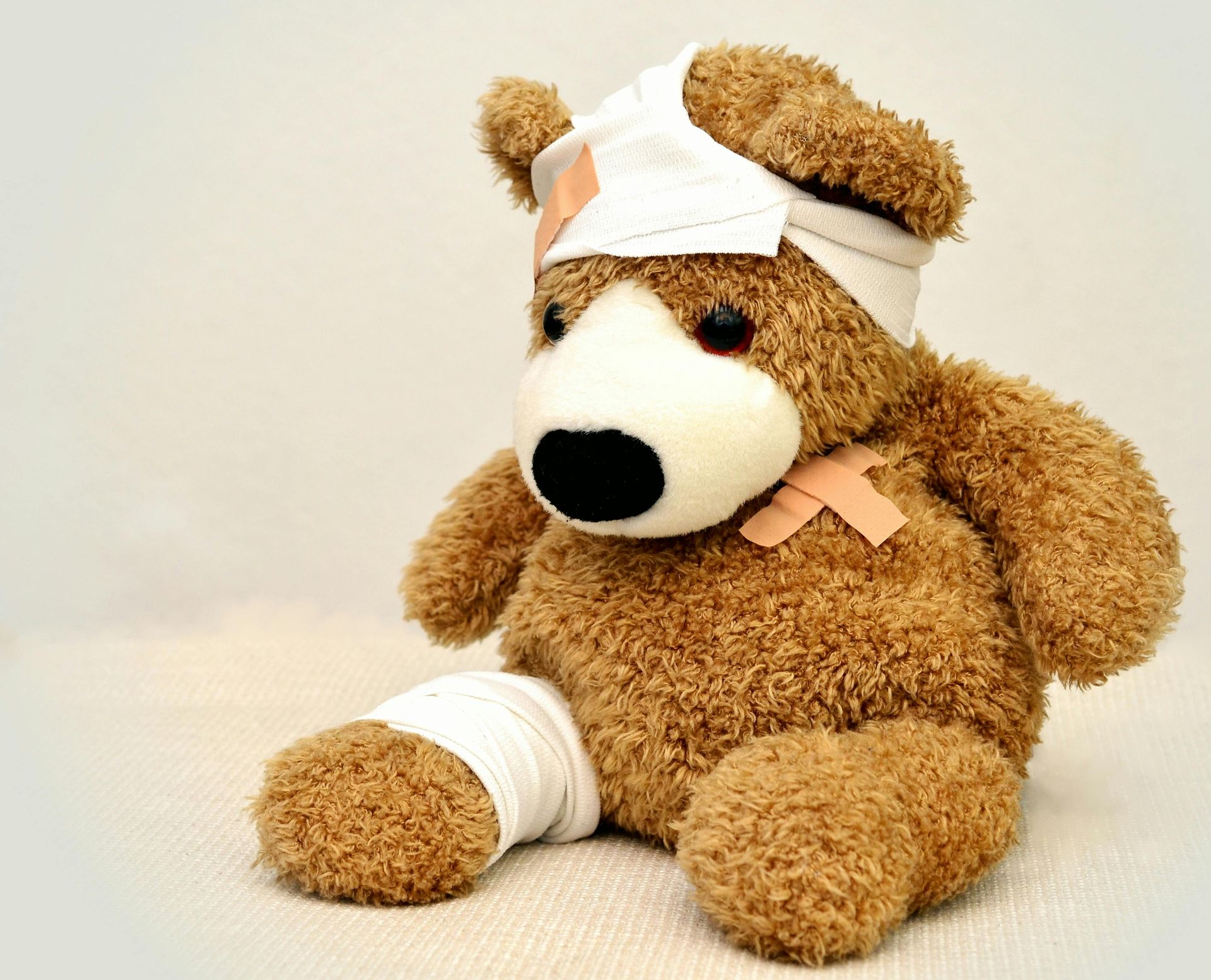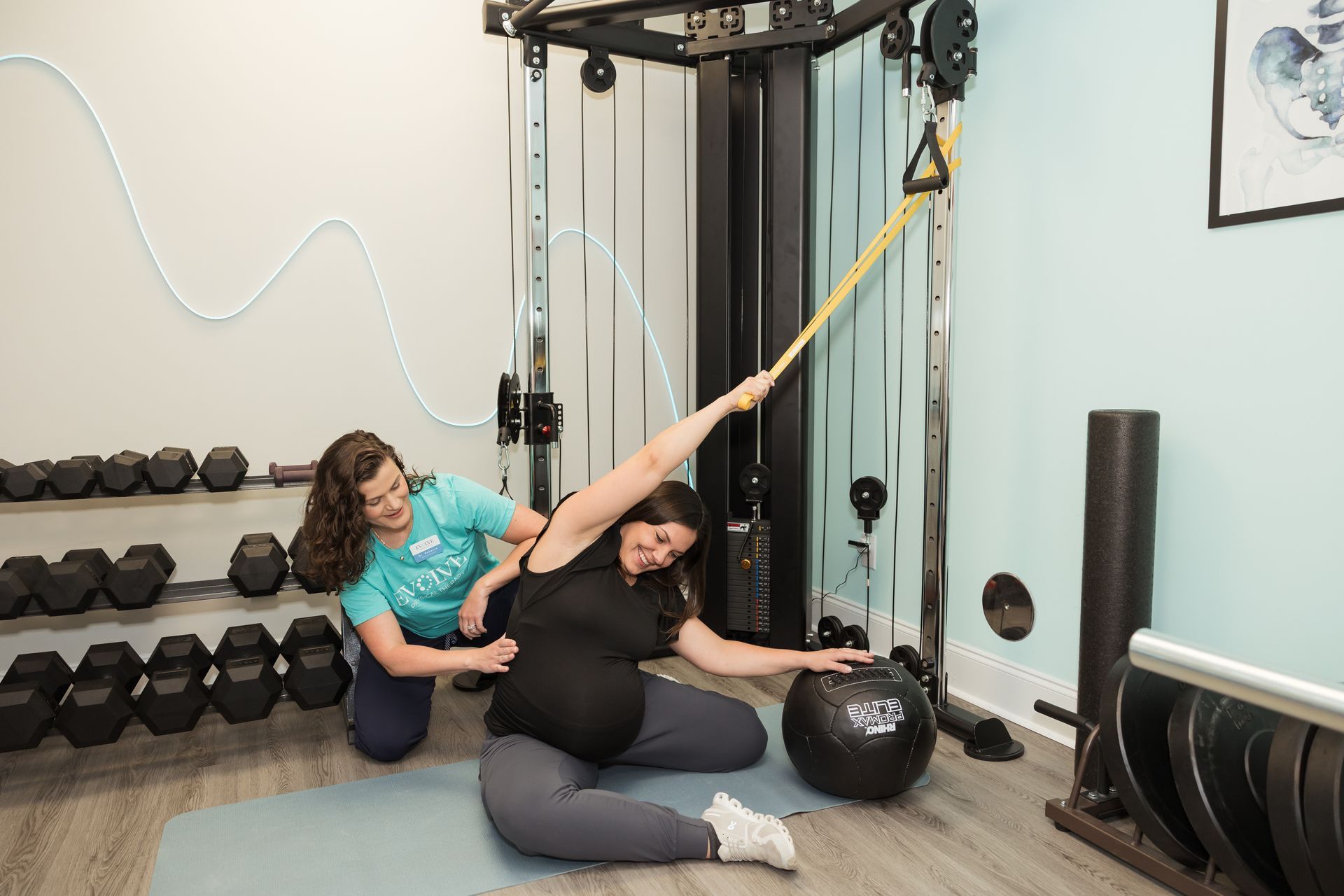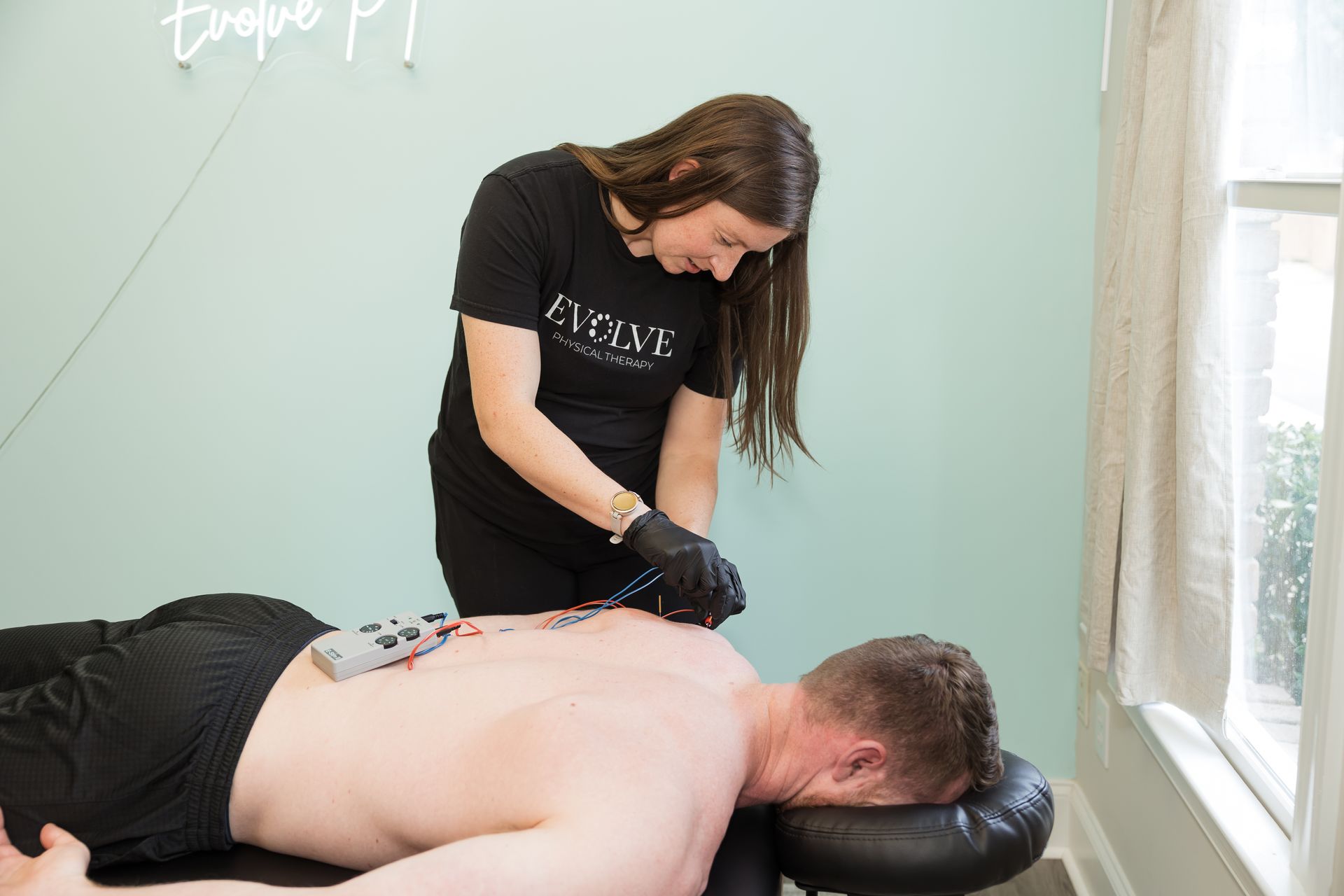Understanding Temporomandibular Dysfunction (TMD): How Physical Therapy Can Help
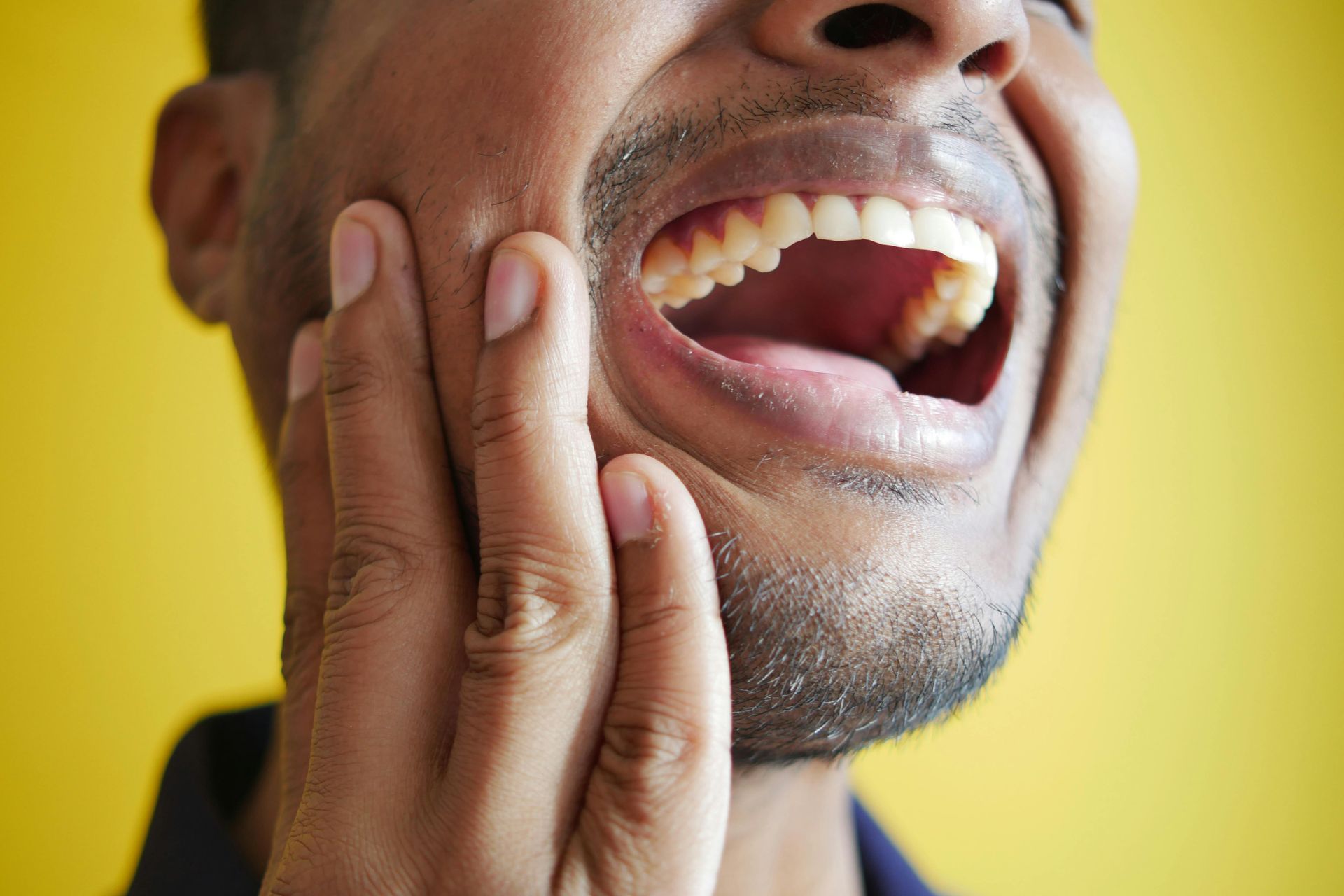
If you’ve ever felt pain in your jaw, heard a clicking sound when you chew, or experienced headaches that seem to start near your ears, you may be dealing with temporomandibular dysfunction, or TMD. This often-overlooked condition affects the temporomandibular joint (TMJ)—the hinge that connects your jaw to your skull and plays a critical role in everyday activities like eating, speaking, and yawning.
What Is Temporomandibular Dysfunction? Temporomandibular dysfunction (TMD) is a broad term that refers to disorders affecting the jaw joint and surrounding muscles. The TMJ is one of the most complex joints in the body, allowing both hinge and sliding movements, which allows the jaw to open and close, slide forward/backward, and side-to-side. When something goes wrong with the muscles, ligaments, or joint surfaces, TMD symptoms can develop.
Common Symptoms of TMD:
- Jaw pain or tenderness with opening or closing the jaw
- Clicking, popping, or grinding sounds when opening or closing the mouth
- Difficulty chewing or locking of the jaw
- Headaches and neck pain
- Facial pain or fatigue
What Causes TMD?
TMD can be caused by a variety of factors, including:
- Teeth grinding or clenching (bruxism)
- Stress and tension leading to muscle tightness
- Poor posture, particularly in the neck and upper back
- Injury to the jaw, neck, or head
- Arthritis or degenerative joint changes
- Dental issues, such as bite misalignment
How Physical Therapy Helps with TMD
Physical therapy is a conservative treatment option that can significantly improve TMJ function and reduce pain. A physical therapist trained in TMJ disorders will assess not only your jaw, but also your neck, posture, and muscle patterns to create a personalized treatment plan. Some of the benefits of physical therapy for TMD include:
1. Pain Relief
Manual therapy techniques, including soft tissue massage and joint mobilization, can reduce muscle tension and inflammation in the jaw and surrounding areas.
2. Improved Jaw Mobility
Therapists use specific exercises to restore normal movement to the jaw, helping to reduce clicking, locking, or restricted motion.
3. Postural Correction
Forward head posture and strength deficits of muscles surrounding the spine can put extra stress on the TMJ. PT can help you improve you strength key postural muscles and reduce the strain on your jaw.
4. Muscle Strength and Balance
Therapeutic exercises can improve the strength and coordination of the muscles that control jaw movement, reducing dysfunction and recurrence.
5. Stress Reduction Techniques
Since stress is a major contributor to jaw clenching and muscle tension, PT often includes relaxation techniques and education on how to manage these habits.
Final thoughts
If you’re experiencing jaw pain, popping, or limited mobility that lasts more than a couple of weeks, or if you’ve been diagnosed with TMD by your dentist or physician, physical therapy could be a valuable part of your recovery.Temporomandibular dysfunction can have a major impact on your quality of life, but it’s highly treatable—especially when addressed early. Physical therapy offers a safe and effective approach to managing TMD, restoring normal function to your jaw, and helping you return to a pain-free life.
References
U.S. Department of Health and Human Services. (February 2025.). TMD (temporomandibular disorders). National Institute of Dental and Craniofacial Research. https://www.nidcr.nih.gov/health-info/tmd
